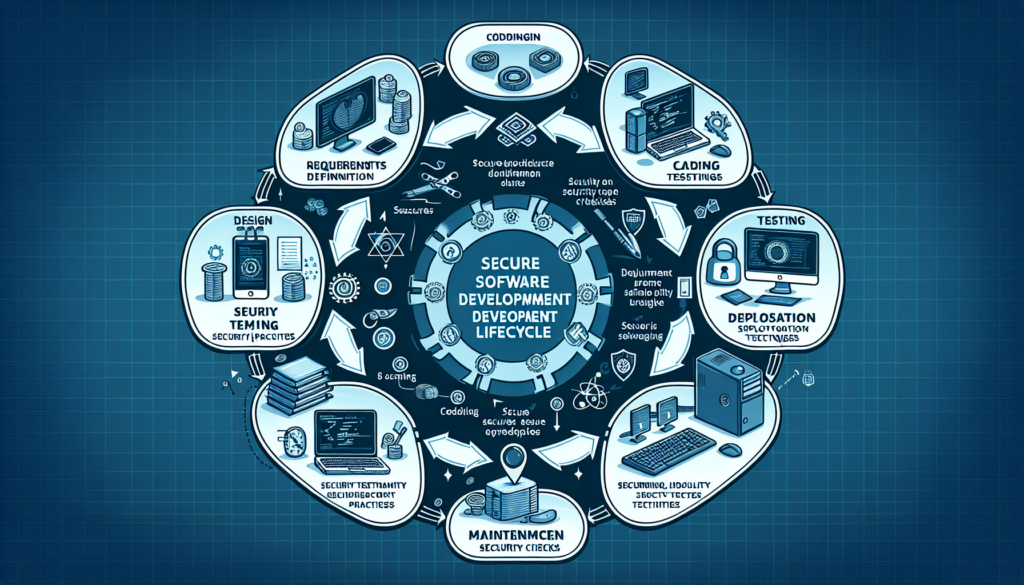When discussing cybersecurity, one topic that often comes up is application vulnerabilities. These are weaknesses in software applications that attackers can exploit to compromise a system. Understanding these vulnerabilities is crucial for anyone involved in software development or IT security. Let’s dive into some of the most common ones.
1. SQL Injection
SQL injection is one of the oldest yet still prevalent vulnerabilities. It occurs when user input is improperly sanitized, allowing an attacker to manipulate SQL queries. The attacker can inject malicious code that the database will execute. This can lead to unauthorized access, data leakage, or even complete control over the database.
To prevent SQL injection, always use parameterized queries or prepared statements. This separates data from commands and protects against injection attempts.
2. Cross-Site Scripting (XSS)
XSS vulnerabilities occur when an application includes untrusted data in a web page without proper validation. This allows attackers to inject malicious scripts into pages viewed by other users. When these scripts execute, they can steal session tokens, redirect users, or manipulate webpage content.
To mitigate XSS risks, employ robust input validation and output encoding. Use libraries that automatically handle these aspects and make it harder to inadvertently introduce vulnerabilities.
3. Cross-Site Request Forgery (CSRF)
CSRF tricks users into executing unwanted actions on a web application in which they are currently authenticated. For example, a user might unintentionally transfer funds or change their password while they navigate to a malicious website. This is particularly insidious because it exploits user trust.
Implement CSRF tokens, which are random values that are unique to each session. This ensures that any request made to perform an action is legitimate and intentional.
4. Remote Code Execution (RCE)
Remote code execution vulnerabilities allow attackers to run arbitrary code on a remote system. If they can upload scripts or tools that your application unintentionally executes, they could gain complete control of your server. RCE can happen due to improper input validation, outdated libraries, or insecure configurations.
Regularly update your software and frameworks and audit your code for potentially dangerous operations that could be exploited.
5. Insecure Direct Object References (IDOR)
IDOR occurs when an application exposes a reference to an object, such as a file or database key, allowing attackers to access unauthorized data. For instance, if a URL contains a user ID, simply changing the ID in the URL could reveal sensitive information about another user.
To defend against IDOR, ensure that your application checks user permissions before processing requests for any resources.
6. Security Misconfiguration
Sometimes, vulnerabilities arise not from flaws in the code itself but from poor configurations. This can include overly verbose error messages, unnecessary services running on a server, or default accounts with unchanged passwords. Poor configuration can give attackers clues about weaknesses in your application.
Regularly conduct audits and configure your systems according to best practices. Use automated tools to help identify any security lapses.
7. Sensitive Data Exposure
Applications often handle sensitive data, such as personal information and payment details. If this data is not adequately protected, attackers can access or steal it. This vulnerability can result from a lack of encryption for data storage and transmission.
Always encrypt sensitive data in transit using HTTPS and store sensitive data only if absolutely necessary, ensuring it’s encrypted at rest.
8. Broken Authentication and Session Management
Authentication flaws can allow attackers to assume the identity of other users. Issues may arise from weak password recovery mechanisms, session tokens exposed in URLs, or failure to invalidate tokens upon logout.
Implement strong password policies and ensure that sessions expire appropriately. Use multifactor authentication for an added layer of security.
9. Using Components with Known Vulnerabilities
Many applications depend on third-party libraries or components. If these components have known vulnerabilities, they can introduce significant risk. Attackers frequently scan for application versions that include these libraries.
Regularly update all libraries and components, and only use those from trusted sources. Employ tools that can scan for known vulnerabilities in your dependencies.
10. Insufficient Logging and Monitoring
After a breach occurs, insufficient logging and monitoring can make it difficult to understand the incident. Without adequate logs, you may miss signs of an attack or fail to identify its origin, leading to longer recovery times.
Establish comprehensive logging practices and monitor system activities. Set up alerts for any suspicious actions to respond promptly to potential threats.
Conclusion
Understanding and addressing application vulnerabilities is essential in today’s digital landscape. Each vulnerability presents a unique risk but can be mitigated with proper coding practices, regular updates, and vigilant monitoring. Cybersecurity is not just about technology; it’s also about mindset. Developing an awareness of potential vulnerabilities will better prepare you to protect your applications and data.

